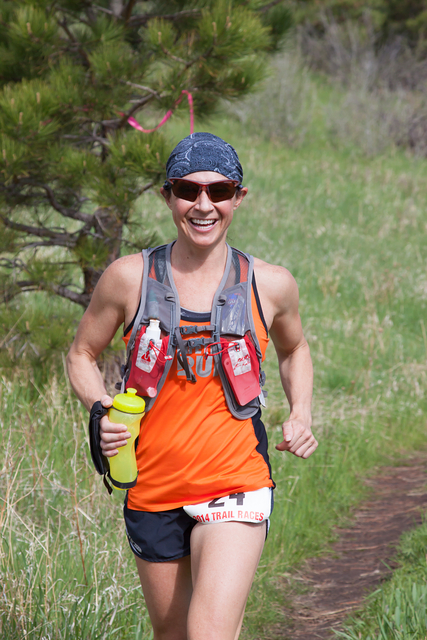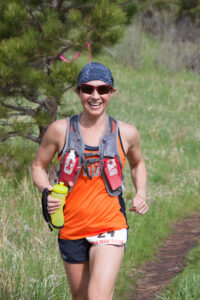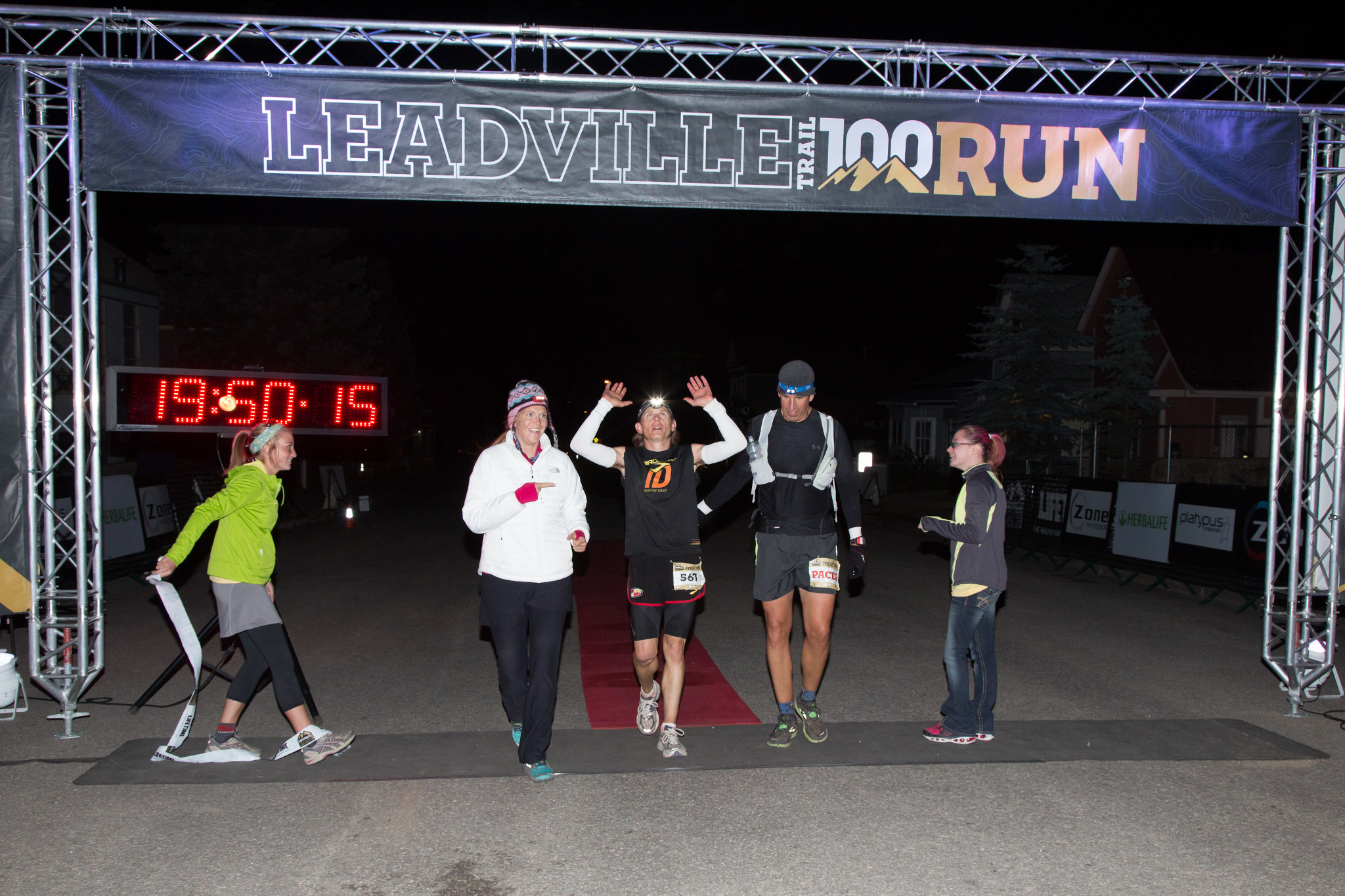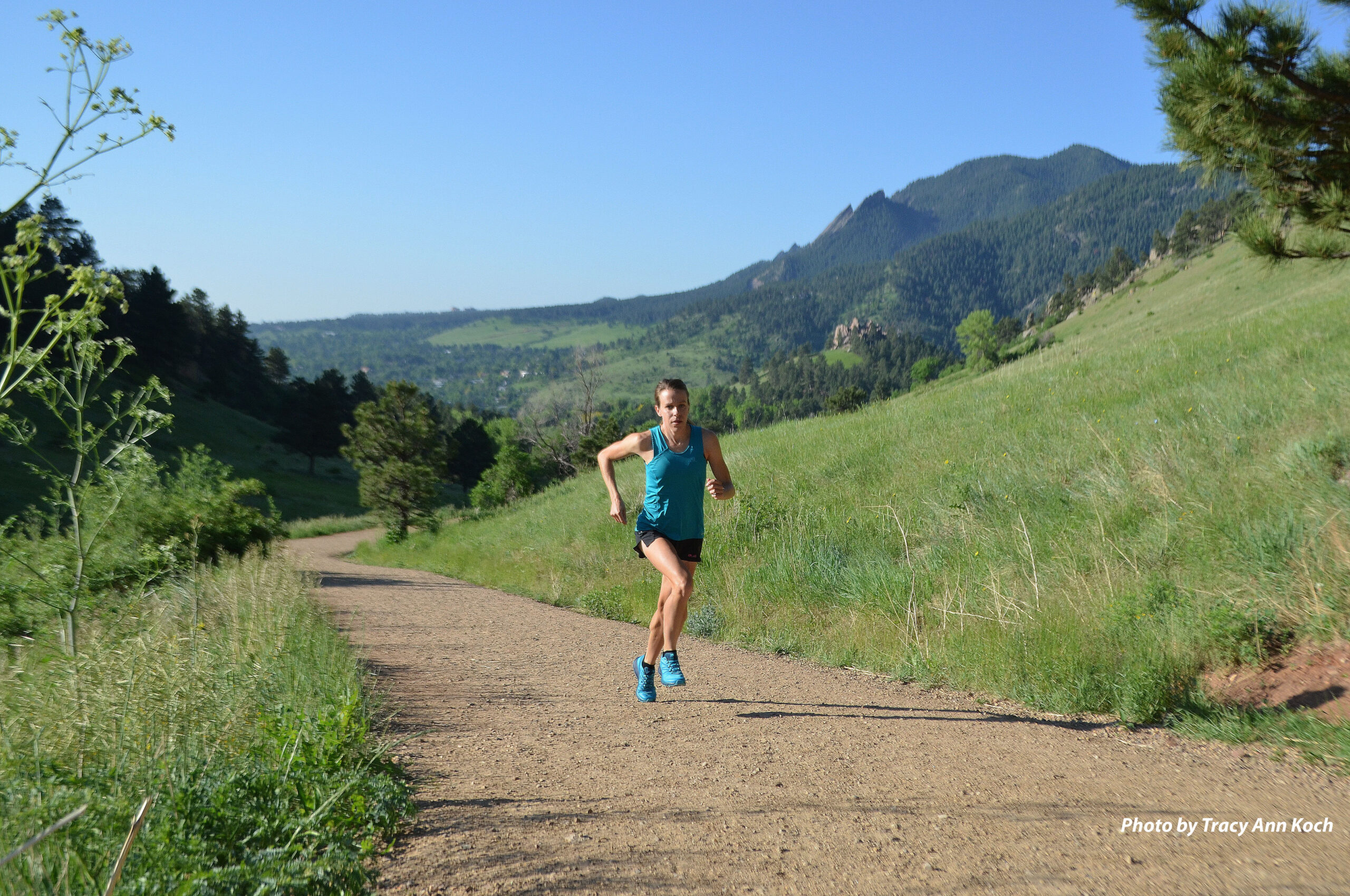
Dispatches from Hope Pass — Chasing the Big Buckle
“Normal” is not a word typically used to describe ultrarunners. In fact, when “normal” people find out that you run 100 miles for “fun,” the responses (“In how many days?” or, “I don’t like to drive that far,” etc.) have become so standard that they hardly need repeating here. At that point if the person you’re talking to hasn’t already decided you are certifiably nuts, they will once you tell them you are racing for a belt buckle.
If you finish with the small percentage of runners who get to the red carpet in less than 25 hours at Leadville, you will get a BIG buckle. While simply finishing the Leadville Trail 100 Run in under 30 hours is quite a feat, the pursuit of “La Plata Grande” is something else altogether.
If you are among those with the goal of “big buckle or bust,” read on to learn what made the difference for two runners who progressed from little buckle (finishing in the 27- to 29-hour range) to big buckle in 2013: Life Time Run Coach Ryan Krol and 2013 Female Grand Slam Champ Abby McQueeney-Penamonte.
Ryan Krol
2012 time: 29:09
2013 time: 24:13
Tip #1: Know the course
Training on the course and experience from the previous year helped me break it into more manageable, bite-sized pieces. Sometimes it is the sections that you don’t anticipate being a problem that make all the difference — like running the whole flat trail section into Half Pipe and the road back to Fish Hatch (where I had been reduced to a walk the prior year). Knowing the splits from section to section really helped me stay focused on the pace I needed to maintain. It also helped to learn some very specific landmarks, such as knowing when you are nearing the top of a particular climb. All those elements helped me have the confidence to be more aggressive with my pace.
Tip #2: Be more calculated with nutrition
I got more of my calories from liquid the second year and set my watch timer to keep me on schedule whether I felt like eating or not. It’s easy to become complacent with your calories, especially at altitude. Staying on top of it really helped me, and the liquid calories kept me going when I didn’t feel like eating.
Tip #3: Have a pacer with 100-mile experience
Going after a more aggressive time goal, it really helps to have an experienced pacer who knows how to race 100 miles. They aren’t afraid to push you, and they will have a better idea for how to fix you when something goes wrong. Of course it didn’t hurt that my pacer, Jon, has a Ph.D. in Sports Nutrition.
Ryan is an NASM Certified Personal Trainer, Life Time Run Certified Run Coach. Contact him for online coaching at rkrol@lifetimefitness.com.
Abby McQueeney-Penamonte
2011 time: 27:50
2013 time: 24:06
Tip #1: Work with a coach to create an optimal training plan
Throughout the winter of 2013 I trained specifically for Western States 100 at the end of June (the first race of the Grand Slam). Prior to Leadville I focused on recovery from the Vermont 100 (July) and then gradually re-introduced running, higher altitude running (mainly runs at 10 to 14K) and then a short week of tapering prior to Leadville. Although I had originally established a time goal back in the winter, I had to readjust my expectations after completing Vermont and went in to Leadville with “no expectations,” which helped ease my mind.
Tip #2: Consistency in training mileage and working to improve fitness and endurance
Working with my coach, Nick Clark, helped keep me accountable and challenged me to train more consistently with better quality miles and vertical. I came to Leadville in 2013 much fitter with improved endurance over my 2011 Leadville.
One of the biggest changes I made this past year was running six days a week on 100% trails and hilly terrain, versus my previous five days a week of running with only two to three days on the trails with elevation gain. Specifically, Nick had me run Friday, with Saturday and Sunday being my longer back-to-back runs, with an easy recovery run on Mondays. The four consecutive days of running really helped me build more strength in my legs and better manage any race-day fatigue. During my first Leadville in 2011, I walked nearly the last 30 miles because my legs were so trashed (I still feel bad for my pacer, Kircher). I managed to keep a pretty patient, steady effort throughout the entire race this year. My goal was to run the first 60 miles fairly conservatively and then commit to racing hard and picking up any carnage in the last 40 miles. There was no walk of shame this year (phew!); my legs responded really well and were conditioned.
Tip #3: Gain experience
Not only was Leadville my third 100 of the summer last year, it was my sixth 100 and second go at Leadville. Being that Leadville is our “home course,” I know the course so well from previous training and racing. This helped a lot when creating my race strategy. It also helped to have Nick as a coach and mentor. He had previous Leadville experience as well as plenty of ultra-wisdom to share. I think that the more I race 100s, the more I learn about the sport: training, patience, proper nutrition and fueling strategy (this was very dialed in), confidence, mental strength, and of course learning from previous race mistakes and making proper adjustments. So be sure to devise a training plan, stay consistent and challenge yourself to learn from your own running experiences (and mistakes) as well as those of other athletes.
Contact Abby to schedule an appointment to devise your Leadville nutrition plan at 315-521-4354 or abby.mcpenamonte@gmail.com.



